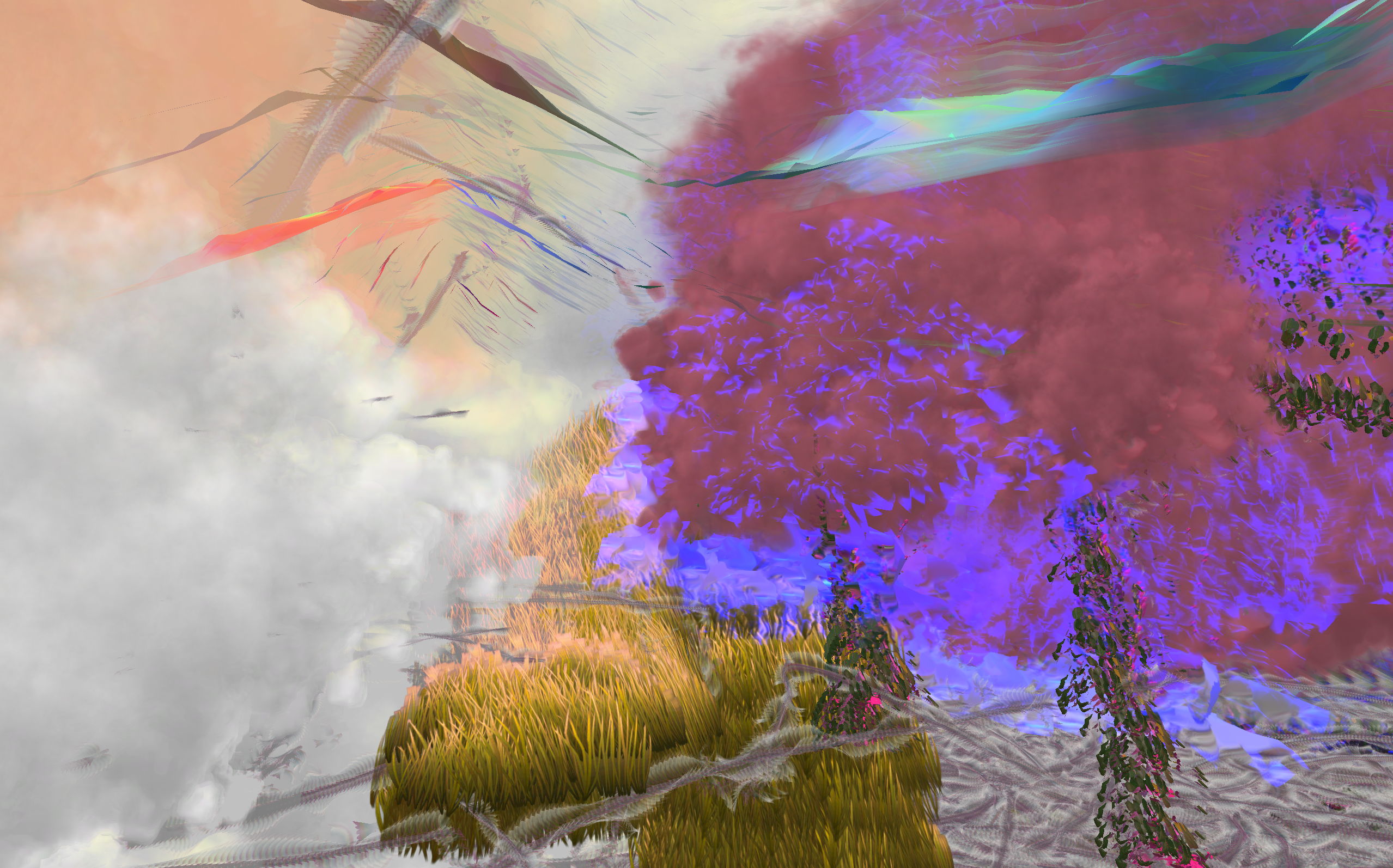SAMPLE WORK:
THERMOPOWER
(2020-2021)11:47m, HD video, color, sound
Password: haypile
Thermopower explores the biological concept of thermoregulation across the practices of mammals and machines. It introduces the American pika (Ochotona princeps), a small mountainous relative of rabbits and indicator species for the climate crisis, as a frame through which to articulate how thermoregulation affects and is affected by human animals, nonhuman animals, and human-designed technologies like internet data centers.
The research-driven film repurposes a steerable, networked research camera called TundraCam, typically used by scientists to study the alpine tundra. Commingling creative, scientific, and technological approaches, it animates a conversation on the role of technology in both the maintenance and loss of livable temperatures.
Supported by:
The Andy Warhol Foundation for the Arts
Redline Contemporary Art Center
Nature, Environment, Science, Technology Studio for the Arts (NEST)
Notes:
- Screenings:
Labocine by Imagine Science Films (rough edit)
Femmebit, Los Angeles (rough edit)
4S, New Orleans (rough edit)
Multispecies Storytelling, Växjö, Sweden (rough edit).
- Thermopower is the result of field and lab research conducted with Ashley Whipple, a biologist studying American pika stress.

SALVAGING BIRDS
(forthcoming)expanded nonfiction project
URL: www.salvagingbirds.com, Password: brownbunting
In the face of human-caused biodiversity loss, conservation efforts for avian and countless other species have turned to data. Much like human datasets, however, conservation datasets are an imperfect tool. They contain biases and misclassifications, are collected through harmful practices, and have the potential to distract from the systemic causes of the problems they are purported to solve. Salvaging Birds traces these logics of environmental datafication. Experimenting with a form that Livio has called “expanded nonfiction,” it is a research-driven project consisting of an essay, machine learning-generated birdsong, generative digital imagery, and music. By examining sites such as natural history specimen collections, as well as by speculatively queering birdsong datasets, the work complicates datafied approaches to conserving what and who is left of our world.
Concept: Maya Livio
Research & Writing: Maya Livio
AI-Generated Birdsong: Maya Livio, JP Merz, Raymond Finzel
Composition: JP Merz
Images: Cassie McQuater
Website Design: Maya Livio
Commissioned by:
Environmental Futures initiative, with funding from the Andrew W. Mellon Foundation
Notes:
- With thanks to the Cornell Lab of Ornithology’s Macaulay Library and Erin Espelie.